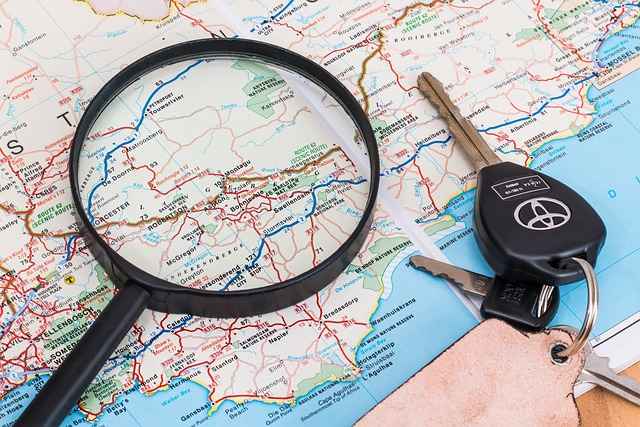
Traffic Planner
Published on
Average Read time: 1 minute 38 seconds
As a traffic planner, your focus would be on designing, managing, and improving transportation systems to ensure efficient movement of people and goods while minimizing congestion and enhancing safety. Here are some key responsibilities:
Traffic Flow Analysis: Conducting traffic studies to analyze patterns of movement, identify bottlenecks, and assess the capacity of roadways and intersections.
Traffic Signal Timing: Optimizing signal timing at intersections to improve traffic flow, reduce delays, and enhance safety for motorists, pedestrians, and cyclists.
Roadway Design: Designing roadways, highways, and intersections to accommodate varying traffic volumes, vehicle speeds, and modes of transportation while prioritizing safety and accessibility.
Public Transit Integration: Integrating public transit systems such as buses, trains, and light rail into the overall transportation network to provide efficient and convenient alternatives to driving.
Parking Management: Developing strategies for managing parking supply and demand, including the design of parking facilities, implementation of pricing policies, and promotion of alternative transportation modes.
Pedestrian and Bicycle Planning: Designing sidewalks, crosswalks, bike lanes, and other facilities to promote walking and cycling as safe and viable modes of transportation.
Traffic Safety: Implementing measures to improve traffic safety, such as installing traffic calming devices, enhancing visibility, and educating the public about safe driving behaviors.
Transportation Demand Management (TDM): Developing and implementing strategies to reduce traffic congestion and vehicle emissions through measures such as carpooling, telecommuting, and flexible work schedules.
Environmental Impact Assessment: Evaluating the environmental impact of transportation projects and recommending measures to mitigate adverse effects on air quality, noise levels, and natural habitats.
Emergency Planning: Developing contingency plans and evacuation routes to ensure the efficient movement of traffic during emergencies such as natural disasters or major events.
Traffic Flow Analysis: Conducting traffic studies to analyze patterns of movement, identify bottlenecks, and assess the capacity of roadways and intersections.
Traffic Signal Timing: Optimizing signal timing at intersections to improve traffic flow, reduce delays, and enhance safety for motorists, pedestrians, and cyclists.
Roadway Design: Designing roadways, highways, and intersections to accommodate varying traffic volumes, vehicle speeds, and modes of transportation while prioritizing safety and accessibility.
Public Transit Integration: Integrating public transit systems such as buses, trains, and light rail into the overall transportation network to provide efficient and convenient alternatives to driving.
Parking Management: Developing strategies for managing parking supply and demand, including the design of parking facilities, implementation of pricing policies, and promotion of alternative transportation modes.
Pedestrian and Bicycle Planning: Designing sidewalks, crosswalks, bike lanes, and other facilities to promote walking and cycling as safe and viable modes of transportation.
Traffic Safety: Implementing measures to improve traffic safety, such as installing traffic calming devices, enhancing visibility, and educating the public about safe driving behaviors.
Transportation Demand Management (TDM): Developing and implementing strategies to reduce traffic congestion and vehicle emissions through measures such as carpooling, telecommuting, and flexible work schedules.
Environmental Impact Assessment: Evaluating the environmental impact of transportation projects and recommending measures to mitigate adverse effects on air quality, noise levels, and natural habitats.
Emergency Planning: Developing contingency plans and evacuation routes to ensure the efficient movement of traffic during emergencies such as natural disasters or major events.
By addressing these aspects of transportation planning, you contribute to creating more efficient, safe, and sustainable transportation systems that benefit communities and support economic growth.